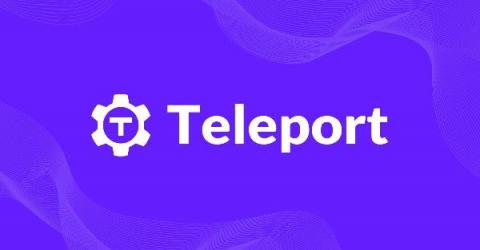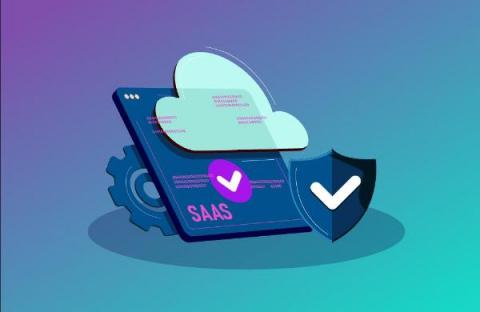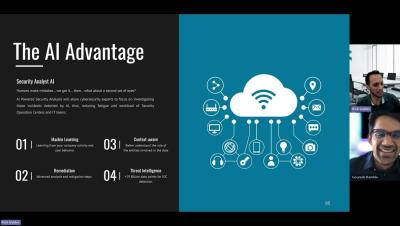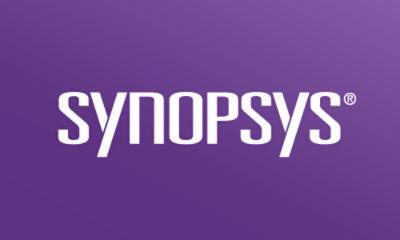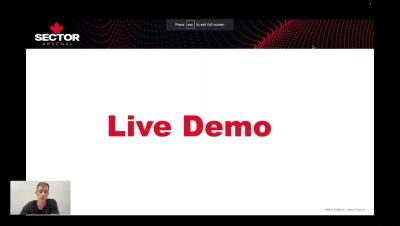Open Source Vulnerability Management Recommendations for 2024
Stepping in 2024, the dynamics of open source vulnerability management are shifting. Rapid changes to software development demand a more nuanced approach to open source security from practitioners. From redefining risk to the cautious integration of auto-remediation, here are the pivotal recommendations for successful open source vulnerability management in 2024 and beyond.



